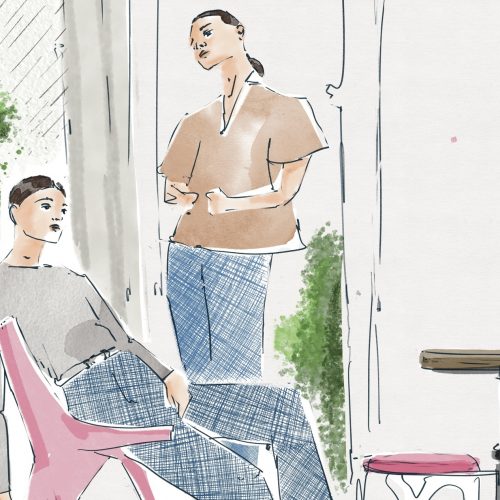The Beauty of Craftmanship in Fashion | Interview with Swati Kalsi
Swati Kalsi is an amazing textile and clothing designer well known for bringing contemporary relevance to the time honored handcrafted textiles of artisans. She’s been working with handcrafted textiles for over 10 years and works closely with artisans. “Artisans have been trying to keep up with a shift in their own lives due to poverty, mass migrations, and displacement due to natural calamities, escalating costs of raw materials, the pressure of existence and more. Lure of lucrative jobs in the cities and better education have drawn the younger generations away from their former ways of life. Craftsmen thus feel discontent and disconnected with their own traditional crafts.” We interview her.
Tell us a little bit about your brand.
I am a Textile and Clothing Designer. I have worked with handcrafted textiles in various capacities, for about 18 years. Over the years my work has been noted to have brought contemporary relevance to the time honored handcrafted textiles of artisans, thereby pushing to create a basis for their livelihoods.
"The brand Swati Kalsi is an extension of me and my journey so far."
I engage with artisans in interactive creative processes to enhance the artist in them, creating pieces of work that have been seen on the cusp of design, craft and art. Over intriguing give and take and inconceivable twists and turns, emerges a unique design vocabulary that connotes timelessness, highlighting the quirks and anomalies that arise out of the process of creating. The pieces make core offering under Swati Kalsi.
Lately, we introduced a sub-line ‘swati kalsi now’. Priced mid-end it offers new designs now and then using a myriad of handcraft techniques like hand-painting, block printing, screen printing, hand embroidery, hand finishing, natural dyeing and more.
Revisiting and rethinking traditional crafts and handcraftsmanship, using natural materials and fabrics working with traditional craftsmen from different states in India is our focus across lines.
How important are artisans for your brand?
After working in the industry for about 5 years, I wanted to pause for a while and explore, to see if there existed avenues where design married social purpose. Design for the sake of it wasn’t fulfilling enough for me. After looking for about a year, I found and became a part of a design lead livelihood project for the World Bank. It gave me an opportunity to work very closely with artisans. Through it, I started creating products that helped me discover a vocabulary that I could call my own. The brand came into existence as an extension of my work with artisans.
How do you find them? Why did you decide to work with them?
One thing leads to the other. I have been working with crafts and artisans for a while. Existing artisans and sometimes organizations, NGO’s help find new artisans.
How is your workflow with them?
It has been changing all the time. I work on a workshop basis with artisans in Bihar (India) on the Sujani craft for our core range. Collaborations with NGO’s, Organisations, and Institutions have shaped some interesting developments within the realm of crafts. We also have a small team of artisans in Delhi for studio developments.
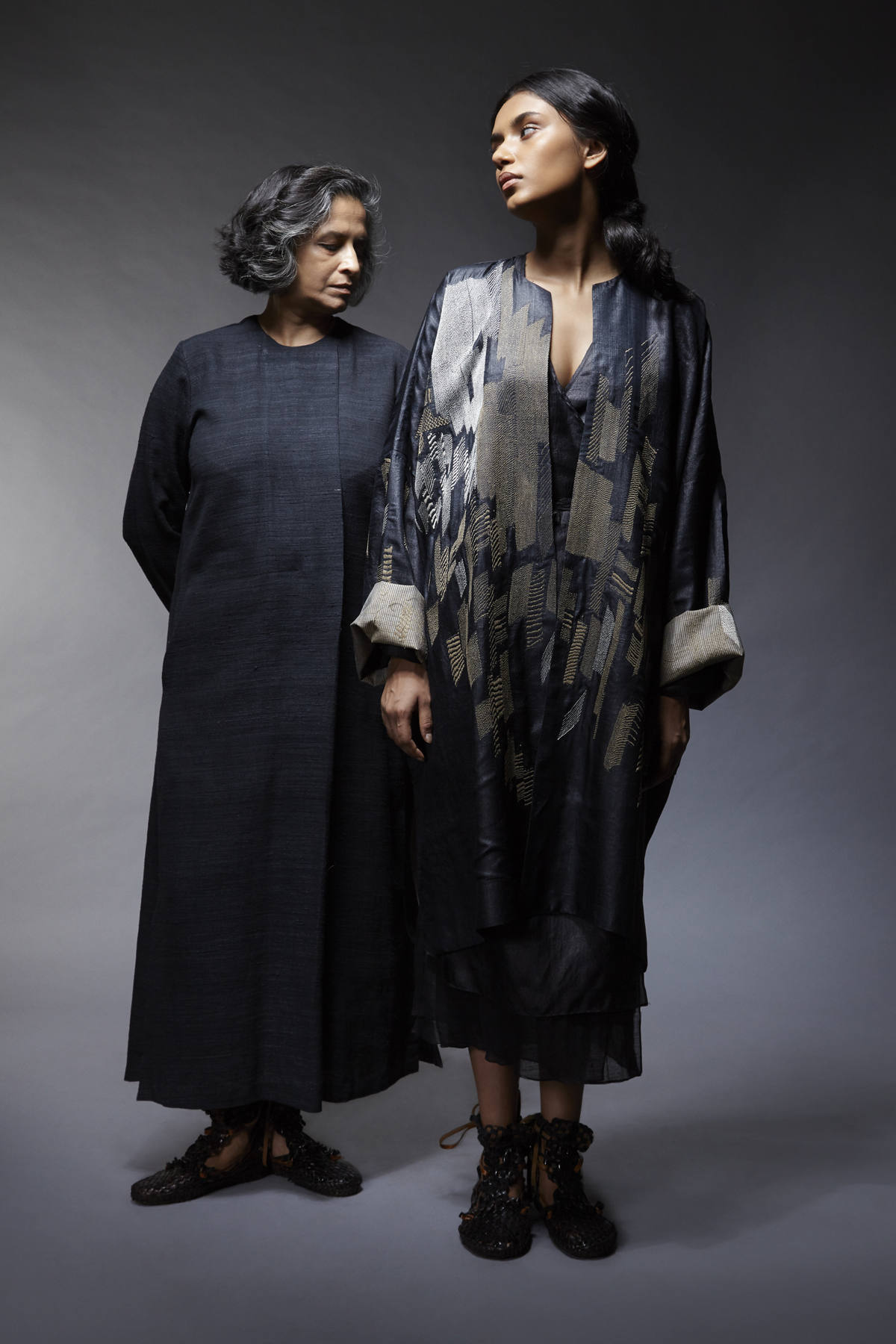
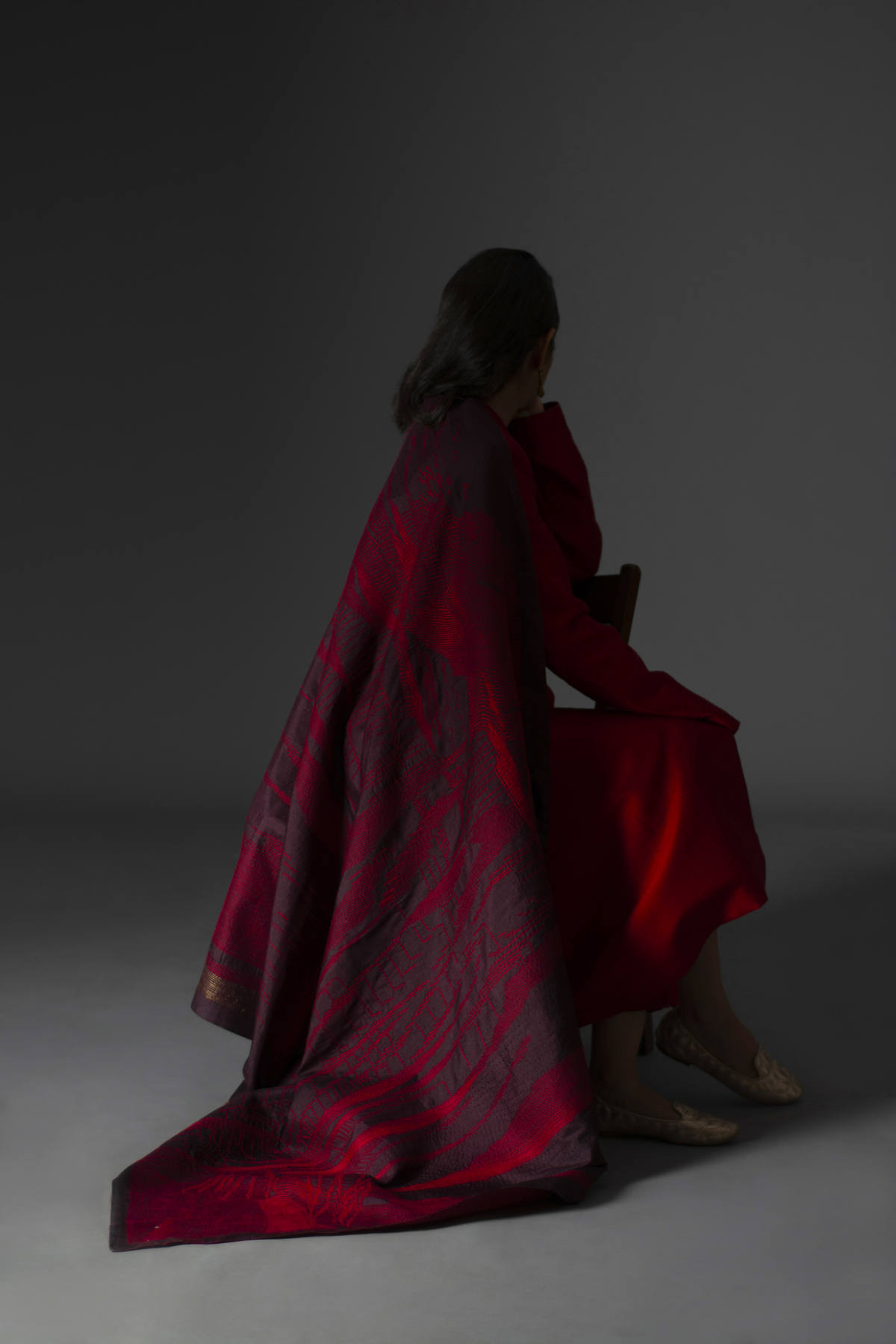
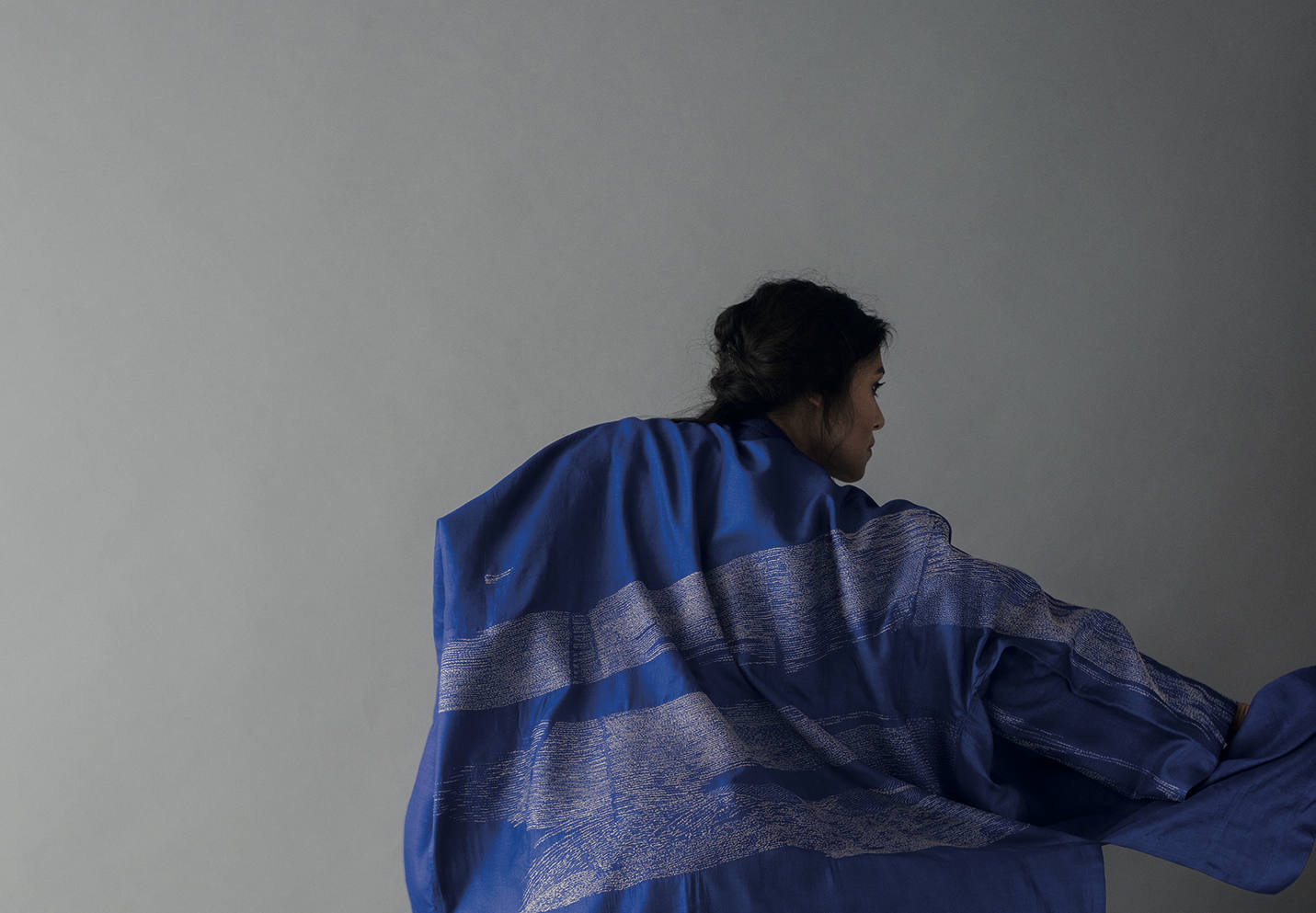
What does your brand do to perpetuate their traditional cultures and their high quality sewing techniques? Can you share an interesting example?
Over my first close interactions with artisans it was intriguing to learn how crafts are closely intertwined with the social, cultural, economic, spiritual, and many other aspects of an artisan’s life. All are interconnected and interdependent.
It is important therefore to understand a craft well to be able to do justice to its inherent strengths while creating designs that can ignite imagination of the creator and the consumer. This can generate livelihoods for artisans without compromising on the craft’s potential.
"I believe that a hand has a brain of its own. It can think and create surfaces that neither programmed machines nor the human mind can recreate. Hence, my efforts are largely focused on marrying the artisan’s unmatched skills with an aesthetic spirit. I focus on creating one-of-a-kind pieces. I realise working with artisans directly and closely is probably the only way to involve them fully in spirit."
In which artisanship project are you currently collaborating?
A couple have been in discussion. Our own lines are our full time engagement with artisans otherwise.
Why do you think artisans of the World are disappearing?
Mechanization, fast mass production and ever changing consumer choices made hand skills look redundant and irrelevant in the past century. Artisans have been trying to keep up with a shift in their own lives caused due to poverty, mass migrations, and displacement due to natural calamities, escalating costs of raw materials, the pressure of existence and more. Lure of lucrative jobs in the cities and better education have drawn the younger generations away from their former ways of life.
Craftsmen thus feel discontent and disconnected with their own traditional crafts.
What are the main problems artisans are facing?
Lack of resources, vision, direction and a strong supporting ecosystem are a few of the evident problems. Artisans and crafts need nurturing like humans in any other field.
A few local and international NGO’s and organizations stand committed but there is zero to very little effective support at the ground level for the arduous task of developing a living, breathing ecosystem for crafts and craftsmen to flourish.
How can those be solved?
Mobilizing our resources, thinking policy, sharing stories and generating support in all other forms towards this end can safeguard and encourage ingenuity and inherent strengths of crafts and craftsmen.
Crafts can offer a slower, healthier, richer, considered way of life. Good for well being of all life. Educating and sensitizing our society about same can inform a healthier future.
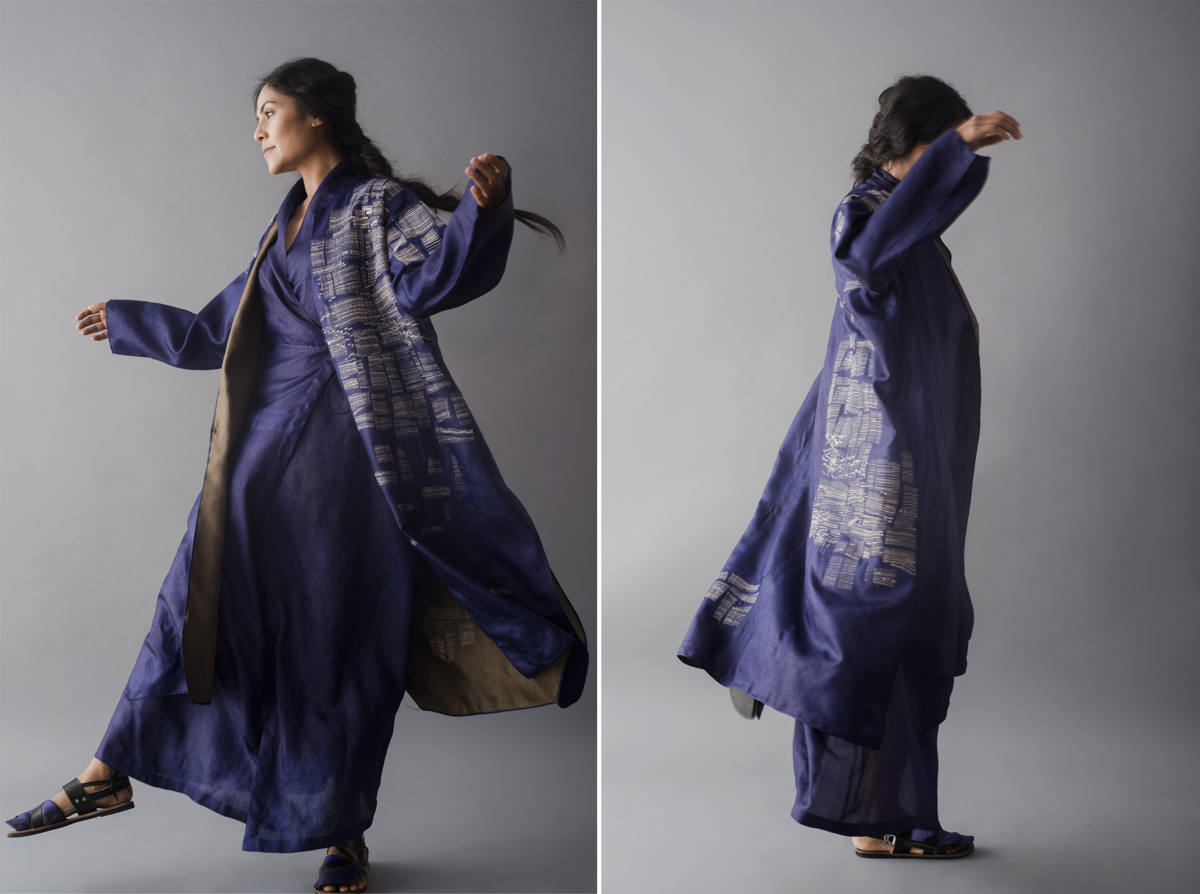
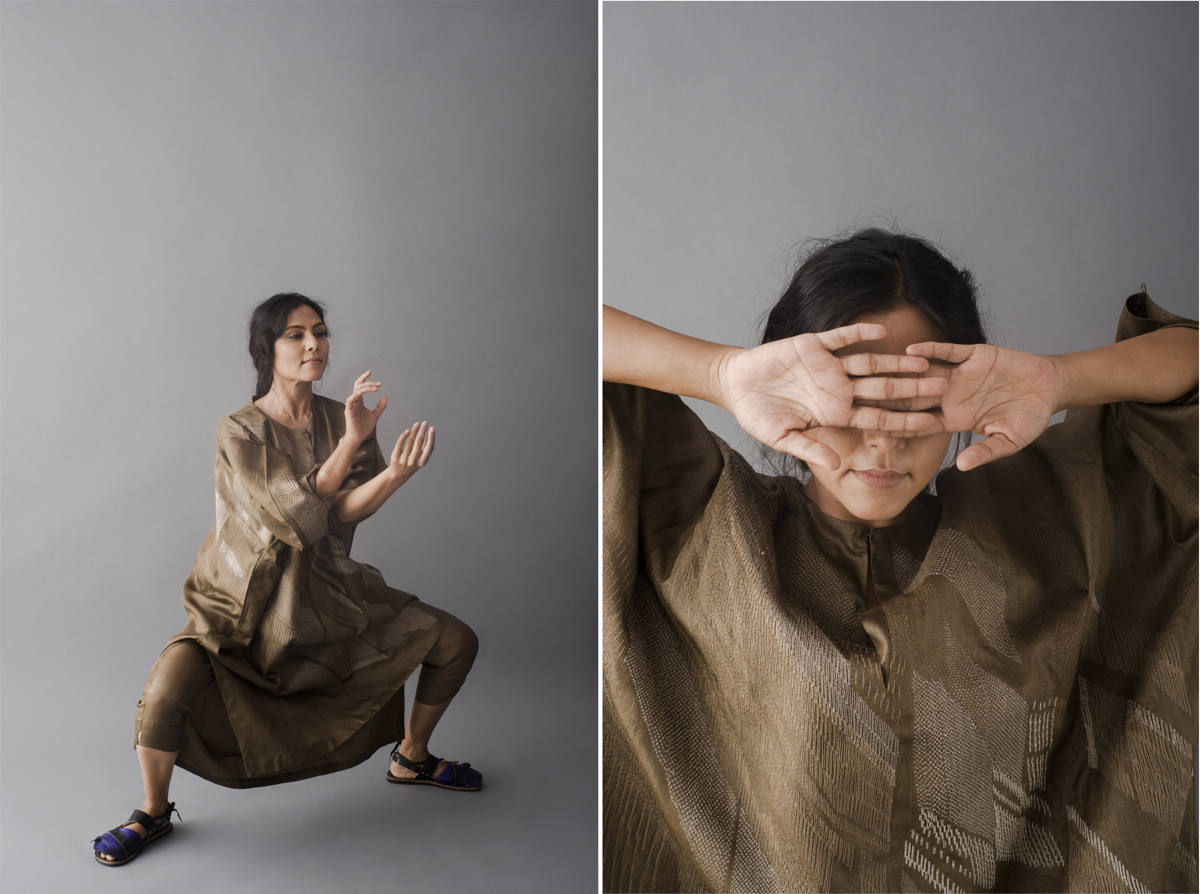
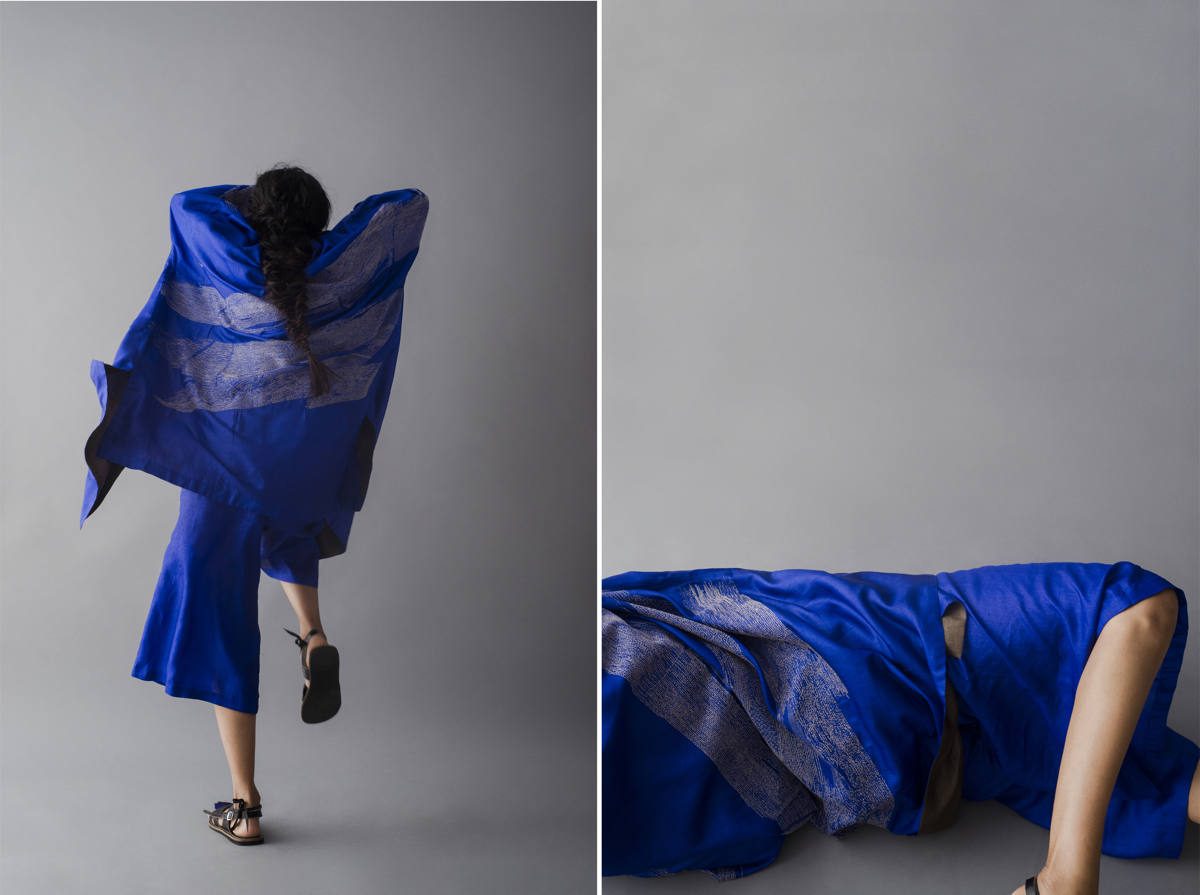
Do you think platforms as Ethical Fashion Initiative can help them? Do you know other platforms we should know?
Ethical fashion is an alternate to business of fashion. It can address the limitations of older form of fashion business. Fashion is a whole package -a model for selling clothes- with shows, agents, marketplace, influencers, promotion, strategy, culture, its strengths and limitations.
"Crafts exist in different forms, configurations and ecosystems in different countries. In India, arts and crafts have been extensively documented in ancient Indian scriptures. This reflects on the craft’s strong timeless and long standing relevance."
India is probably one of the richest in traditional crafts. Second largest part of it’s population engages in crafts (i.e. after agriculture ). The concepts of creative and cultural Industries and creative economy are not new and can manifest more beautifully in India and strengthen the local. Although it hasn’t, yet !
The time is apt to think a new model keeping crafts at the centre. Organising inherently slow crafts with its rich processes can address several issues.
What is the fair salary for an artisan on your country?
It differs from craft to craft. Degree of skills involved, demand and popularity of the craft, the location (state), gender, employment status etc. play a role in ascertaining wages. Crafts is an unorganised sector and it also reflects in the wage structure. There is no standard fair wage.
How does craftsmanship reduce global poverty?
We know that crafts and craftsmanship can enrich local economy and culture. It can address issues of migration and unemployment. It can reduce crime and enhance quality of life and more.
"Local was a way of life before globalization. Various forces pushed and we soon gave into global. With the present state of the world we have good reasons for ‘an informed revisit’."
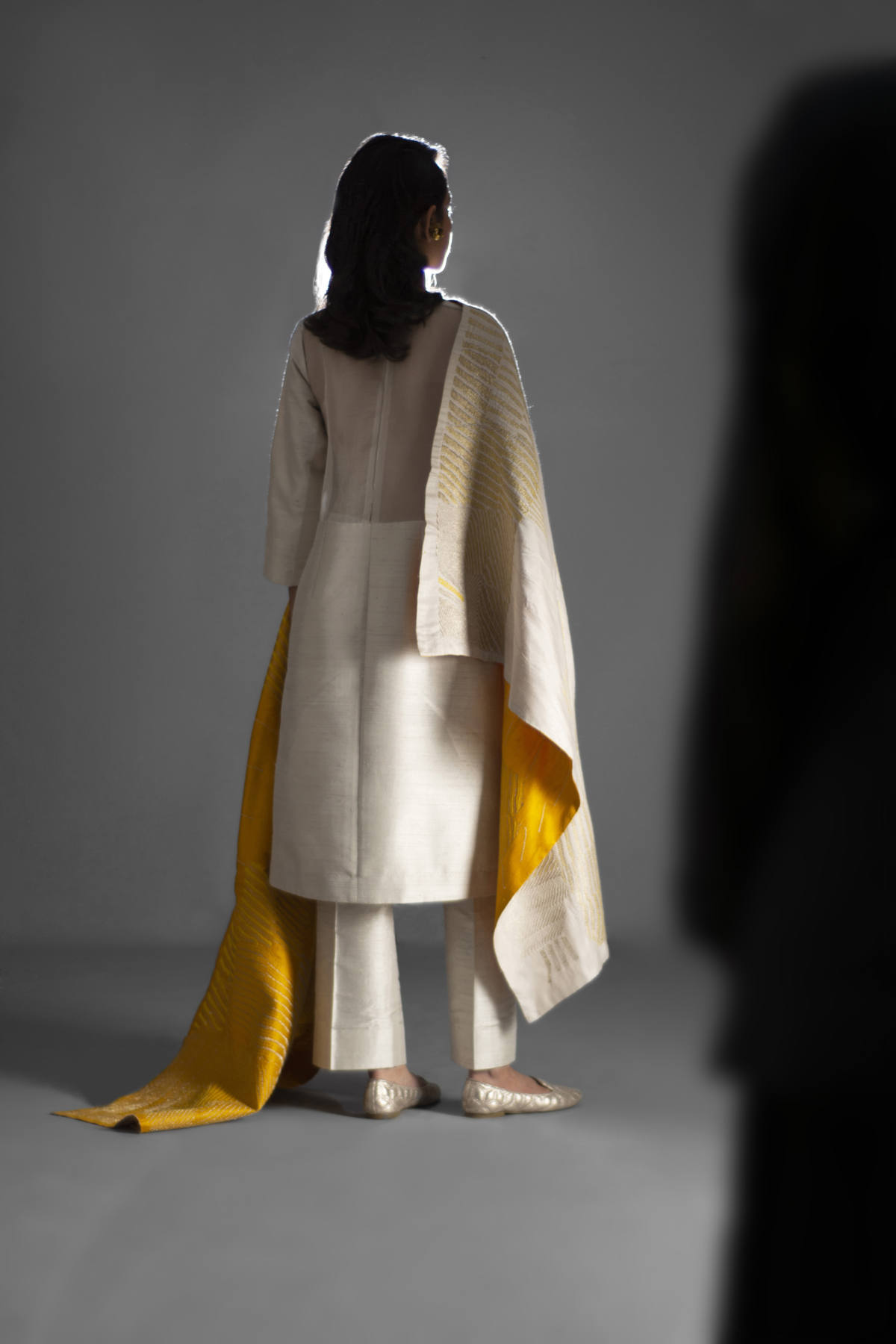

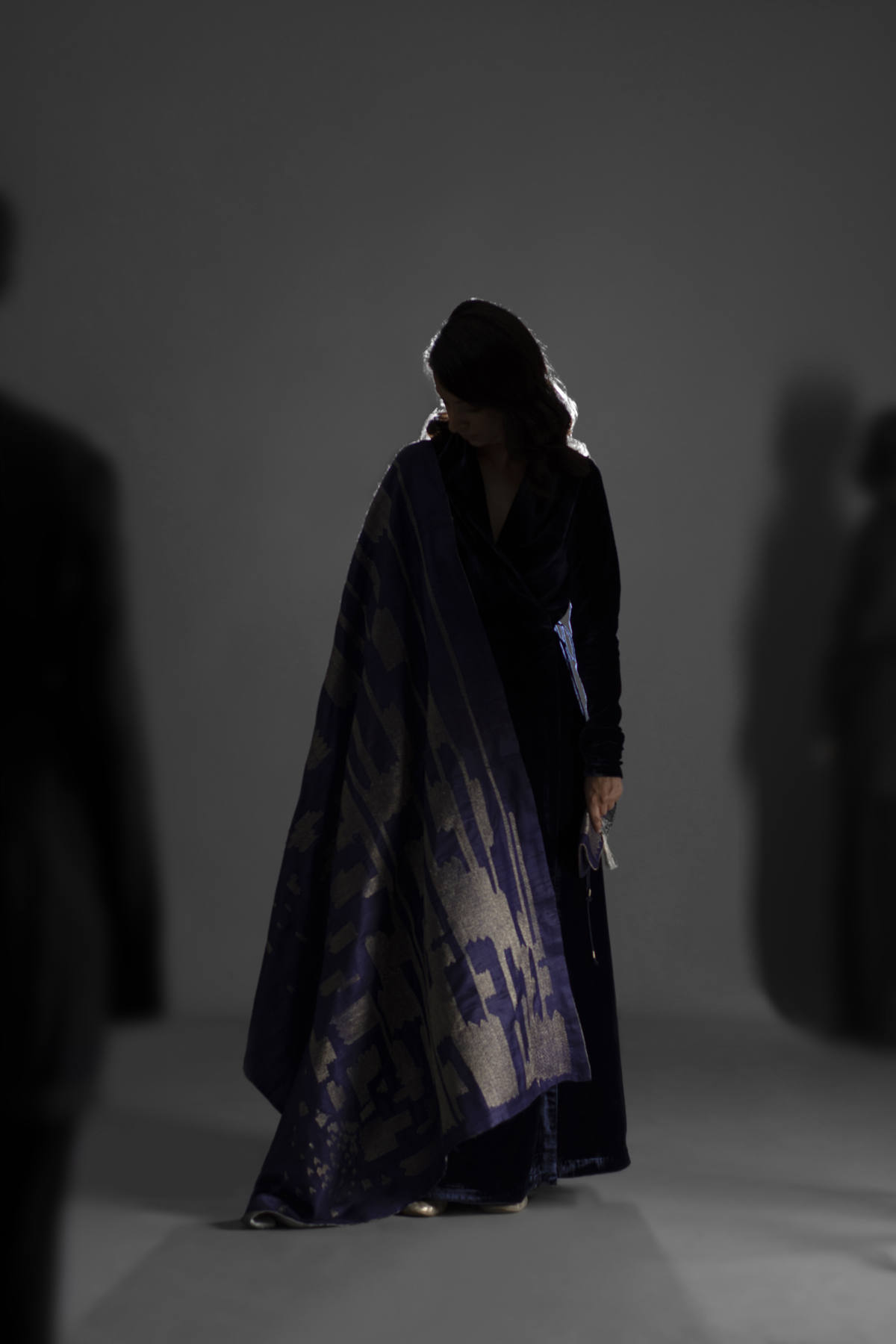
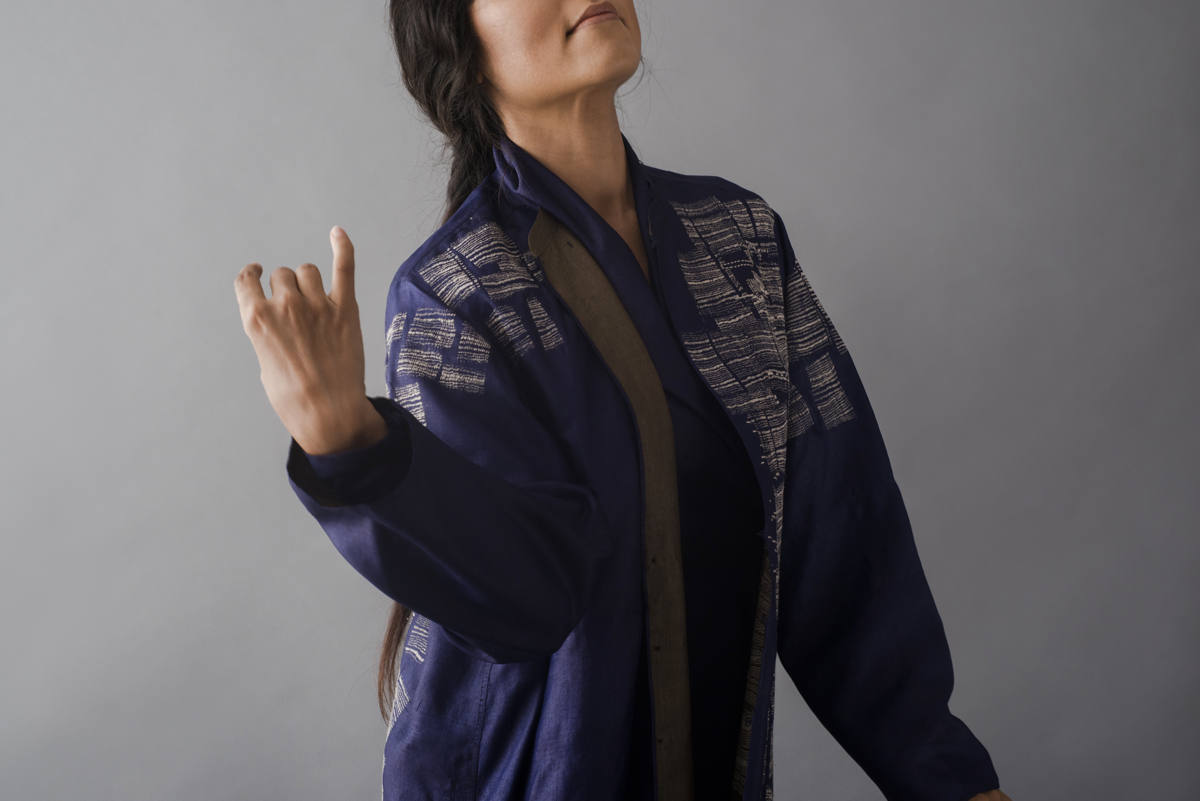
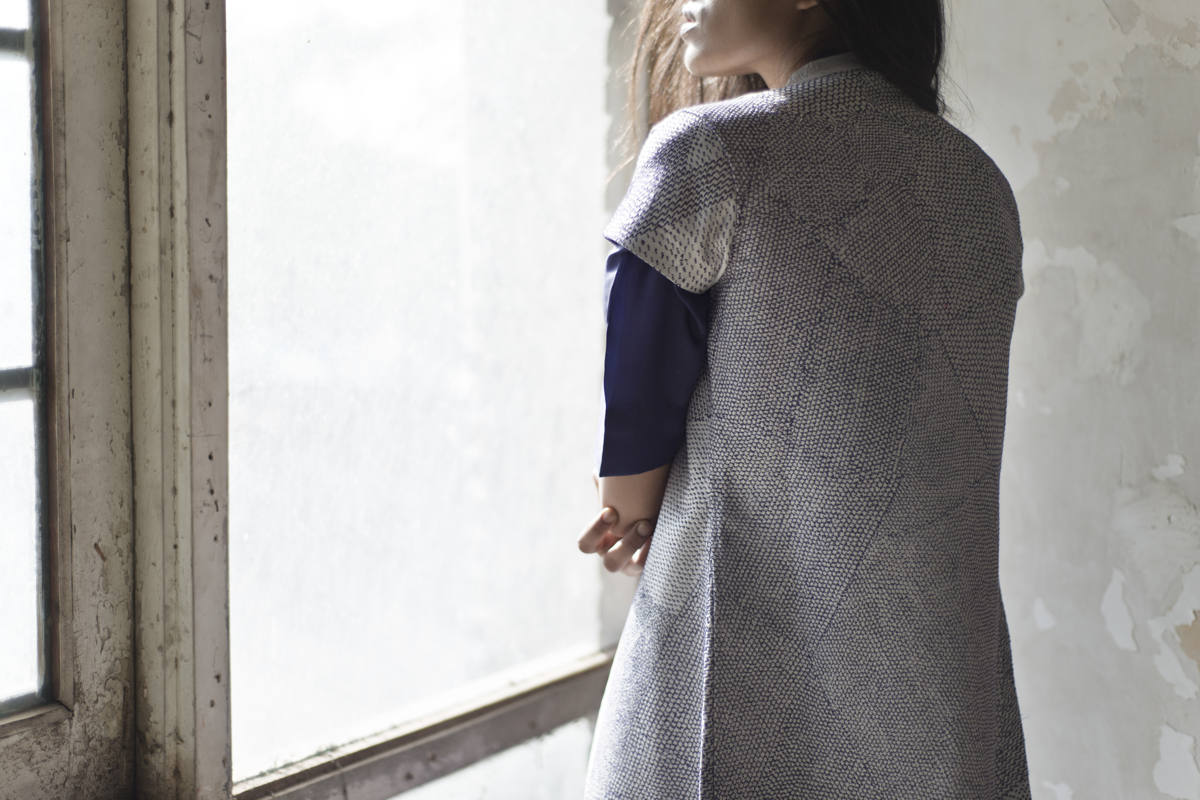
All photos: © Courtesy of Swati Kalsi.
This interview is part of the huge article “The importance of Craftsmanship in Fashion," published in our Luxiders Magazine Print Issue 5.
Buy Luxiders Magazine Issue 5 here
+ info: Swati Kalsi.




